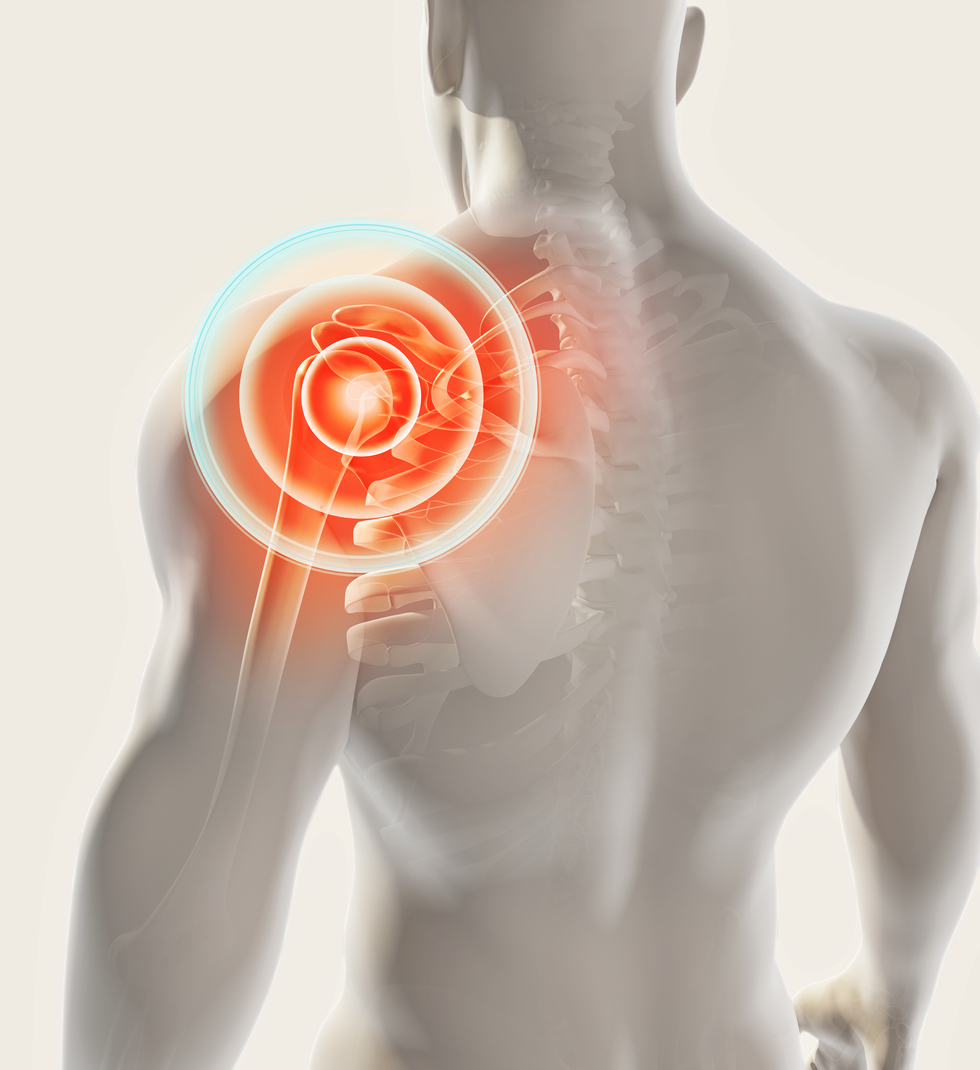Pain
Conventional Treatments for Avascular Necrosis

What is avascular necrosis?
Avascular necrosis is a medical condition that occurs when the blood supply to a bone is reduced or interrupted. Without an adequate supply of blood, the tissue in the bone dies. As a result, tiny breaks in the bone occur, which can lead to the eventual collapse of the bone. If avascular necrosis develops in a bone near a joint, the joint surface may also collapse. Although this condition can occur in any bone, it most often affects the ends of long bones, such as the end of the femur (where it connects to the hip). Avascular necrosis is also referred to as ischemic bone necrosis, aseptic necrosis and osteonecrosis.
Treatments for avascular necrosis
Treatments for avascular necrosis can reduce pain, improve joint function and prevent further bone loss. Various treatments are available, including medications and surgery.
Medications
Various medications are available to treat avascular necrosis:
- Pain-relieving medications
Ibuprofen or naproxen sodium can reduce pain associated with the condition. - Osteoporosis drugs
Medications used to treat osteoporosis, a condition involving weak and brittle bones, may slow the progression of avascular necrosis. Alendronate is one example of this type of medication. - Cholesterol-lowering drugs
If avascular necrosis is caused by blood vessel blockages related to cholesterol, drugs to lower cholesterol levels in the blood may be prescribed. - Blood thinners
If a blood clot related to a clotting disorder affected the blood supply to a bone, blood thinners, such as warfarin, may be prescribed to prevent future clots.
Surgical procedures
Various surgical procedures are available to treat avascular necrosis:
- Core decompression
In this procedure, part of the inner layer of the affected bone is removed. This both reduces pain and stimulates the production of healthy bone tissue and blood vessels. Core decompression is successful for 50-90% of individuals, depending on the specific bone affected and the amount of damage to the bone. - Bone graft
A section of healthy bone is removed from an unaffected area of the body and used to strengthen the bone affected by avascular necrosis. - Bone reshaping
A wedge of bone is removed above or below a weight-bearing joint to help shift weight off the damaged bone. This is not a permanent solution, but it can delay the need for joint replacement surgery. Bone reshaping is also known as osteotomy. - Joint replacement
In this procedure, damaged parts of the bone or joint are replaced with plastic or metal parts. This procedure is recommended when the bone has collapsed or if other treatments are not effective. Joint replacement is also known as arthroplasty. - Electrical stimulation
Electrical currents are used to encourage the body to grow new bone to replace the damaged bone. These currents can be administered directly to the bone during surgery or can be administered non-surgically through electrodes attached to the skin.

















